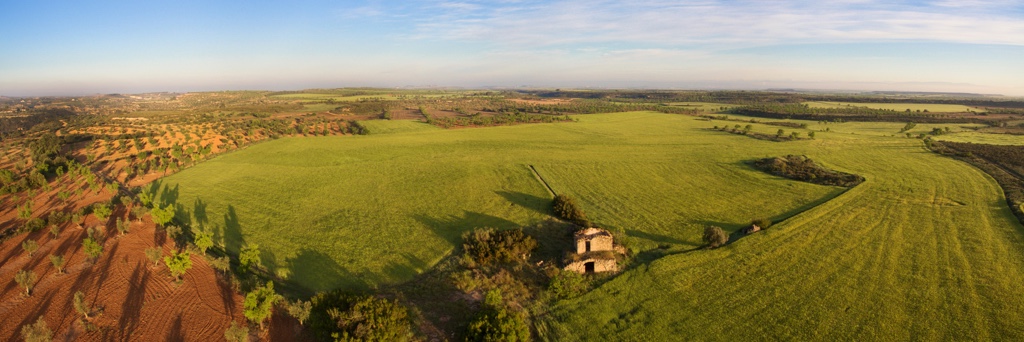Ets prehistòric?!
Dia i hora: Diumenge 16 d'abril, a les 10 h Punt de trobada: Conjunt rupestre de la Roca dels Moros del Cogul.

Lying between the counties of Les Garrigues and El Segrià is one of the most representative areas of the dryland agricultural environment.
Mas de Melons-Alfés can be found between the counties of Garrigues and Segrià. It is one of the most representative natural spaces of the dryland agricultural environment. Here you can enjoy the Mas de Melons nature reserve, the Alfés thyme bushes and El Cogul rock paintings. In the middle of this area, you can visit the Lleida plain Interpretation Centre, which is located in Mas de Melons, in the heart of the nature reserve.
You can reach it from Lleida going towards Artesa de Lleida, continue to Aspa and from there go towards Castelldans. And also from Les Borges Blanques in the direction of Castelldans and up to Aspa.
VIRTUAL TOUR
STARTDia i hora: Diumenge 16 d'abril, a les 10 h Punt de trobada: Conjunt rupestre de la Roca dels Moros del Cogul.
Dia i hora: 28 de maig, de 9.30 a 13.30 h Punt de trobada: Centre d'interpretació dels secans de Mas de Melons i Alfés.
Dia i hora: Diumenge 3 d'abril, de 9 a 14 h Punt de trobada: Centre d'interpretació dels secans de Mas de Melons i Alfés.